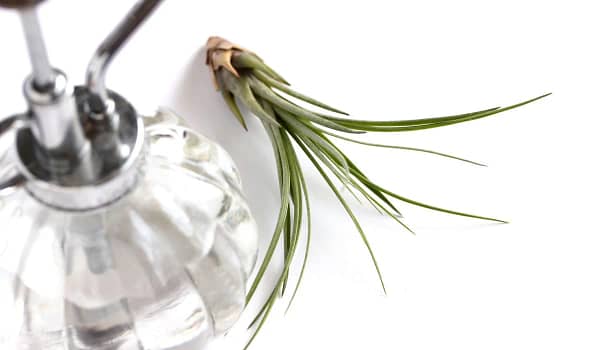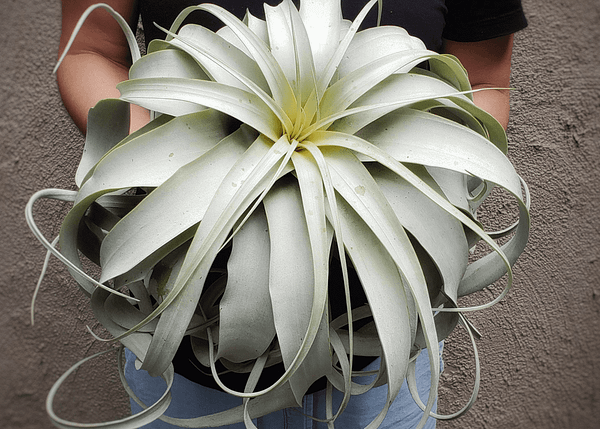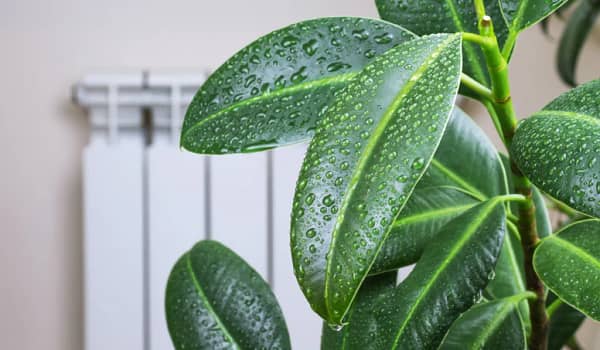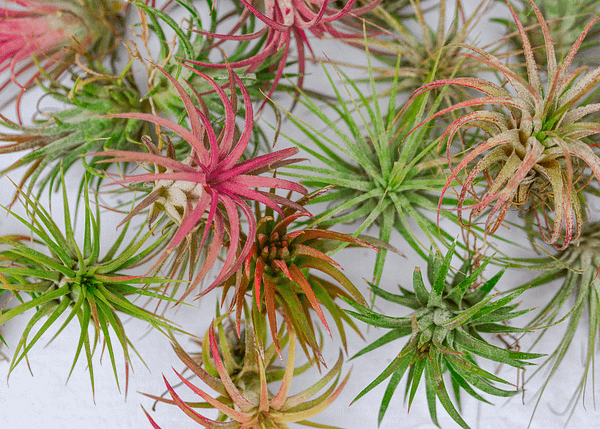Keep Your Gynura aurantiaca From Dying

The Purple Passion plant, scientifically known as Gynura aurantiaca, is a beautiful houseplant with striking purple leaves. While it’s easy to care for, there are common mistakes that can harm its health. By being aware of these pitfalls and avoiding them, you can ensure your Purple Passion plant thrives and remains a stunning addition to your indoor garden. Here are ten mistakes to steer clear of when caring for your plant:
1. Don’t overwater
One of the biggest blunders is giving your Gynura aurantiaca too much water. This can lead to root rot and other fungal diseases. Allow the top inch of soil to dry out before watering again, and make sure the pot has proper drainage.
2. Avoid underwatering
On the other hand, neglecting to water your Purple Passion adequately can cause the leaves to wilt and lose their vibrant color. Stick to a consistent watering schedule, keeping the soil moist but not overly wet.

3. Provide sufficient light
Purple Passion plants need bright, indirect light. Place them in well-lit areas but avoid direct sunlight. You can also supplement with grow lights. Here are a few of our favorites.
4. Limit direct sunlight
Intense sunlight can scorch the delicate leaves of Purple Passion plants. Move the plant to a slightly shaded spot if you notice leaf burn.

5. Improve air circulation
Limited airflow can create a breeding ground for pests and diseases. Place your Gynura aurantiaca in an area with good air circulation and avoid overly humid environments.
6. Use room-temperature water
Cold water can stress the Gynura aurantiaca plant. Let the water reach room temperature before watering.
7. Don’t overdo fertilizer
Excessive fertilization can harm the roots of Purple Passion plants. Use a balanced, water-soluble fertilizer once a month during the growing season.

8. Regular pruning
Regular pruning helps maintain the shape and compactness of your Purple Passion plant. Trim back leggy growth and remove any dead or diseased leaves. This encourages new growth and keeps the plant visually appealing. Here are a few of our favorite shears for houseplants:
9. Check for pests
Gynura aurantiaca is vulnerable to common houseplant pests like aphids, mealybugs, and spider mites. Regularly check your plant for signs of infestation. Signs of pest can include a sticky residue, webs, or small insects. Treat any pest issues using organic insecticidal soap or neem oil. Here are a few options.
10. Avoid extreme temperatures
Extreme temperatures can stress your Gynura aurantiaca. Avoid exposing it to drafts, cold air, or sudden temperature changes. Aim for a moderate temperature range between 65-75°F (18-24°C) to ensure the overall health and well-being of your plant.

By avoiding these ten mistakes, you can provide the best care for your Purple Passion plant. Proper watering, light, airflow, and temperature will keep it healthy and vibrant. Remember to give it the attention it needs and steer clear of these common pitfalls. With a little care, your Purple Passion plant will flourish and bring beauty to your home. Want to learn more about the Purple Passion Plant? Check out this article.
We act as affiliates for trusted merchants and we may earn referral commissions resulting from purchases of products or services recommended on this website.’












